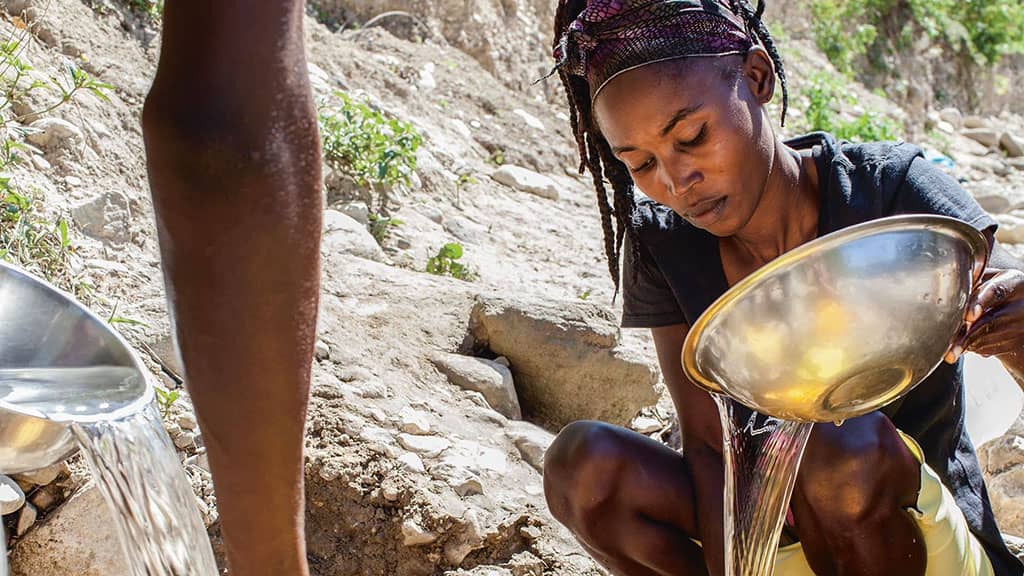
Although hunger in Latin America and the Caribbean is categorized as low, this is the only region where hunger has worsened since 2016, driven by rising food inflation and fertilizer prices, soaring debt, and worsening credit conditions, which amplify structural inequalities and extreme poverty.
The region faces increases in undernourishment and child stunting, a stagnating child wasting rate, and below-average reductions in child mortality. While most people in the region consume sufficient calories, diet quality is poor, and more than half of the countries exhibit medium to very high levels of stunting. Latin America and the Caribbean is the only region where stunting has increased since 2016, with the largest increases in Argentina, Panama, Guatemala, and Mexico; in Guatemala stunting has reached a staggering 46 percent. Additionally, the region faces a triple burden of malnutrition—undernutrition, overweight and obesity, and micronutrient deficiencies—leading to severe diet-related health issues (Morris et al. 2020).
The cost of a healthy diet is highest in Latin America and the Caribbean (FAO et al. 2024a). Many countries are vulnerable to price hikes due to their dependence on agricultural and fertilizer imports, further exacerbating inequalities. Rising inflation, especially food inflation, disproportionately impacts low-income households, which spend a high proportion of their income on food (ECLAC 2022). The exceptional drought in the Amazon basin since mid-2023 has been driven largely by climate change and compounded by widespread deforestation and ecological destruction, including for cattle production (Clarke et al. 2024; Watts 2023).
Haiti’s hunger levels are climbing dramatically as the country experiences a series of compounding shocks, including erratic rainfall, rampant inflation, and political turmoil that has fueled gang violence and internal displacement (FSIN and GNAFC 2024). Haiti is among the countries with the highest increases in their GHI scores since 2016, driven mainly by spiraling undernourishment. Acute food insecurity was projected to affect about 5 million people—nearly half the country’s population—between March and June 2024 (FSIN and GNAFC 2024). Gang violence in Port-au-Prince, and increasingly beyond the capital, severely disrupts livelihoods and markets, pushing up prices, particularly in Cité Soleil. Gang violence and insecurity have hindered access to essential health, nutrition, water, sanitation, and hygiene services. Gangs commit serious abuses against the population, including large-scale sexual violence, forcing entire communities to move to safer areas (UN OCHA 2023).